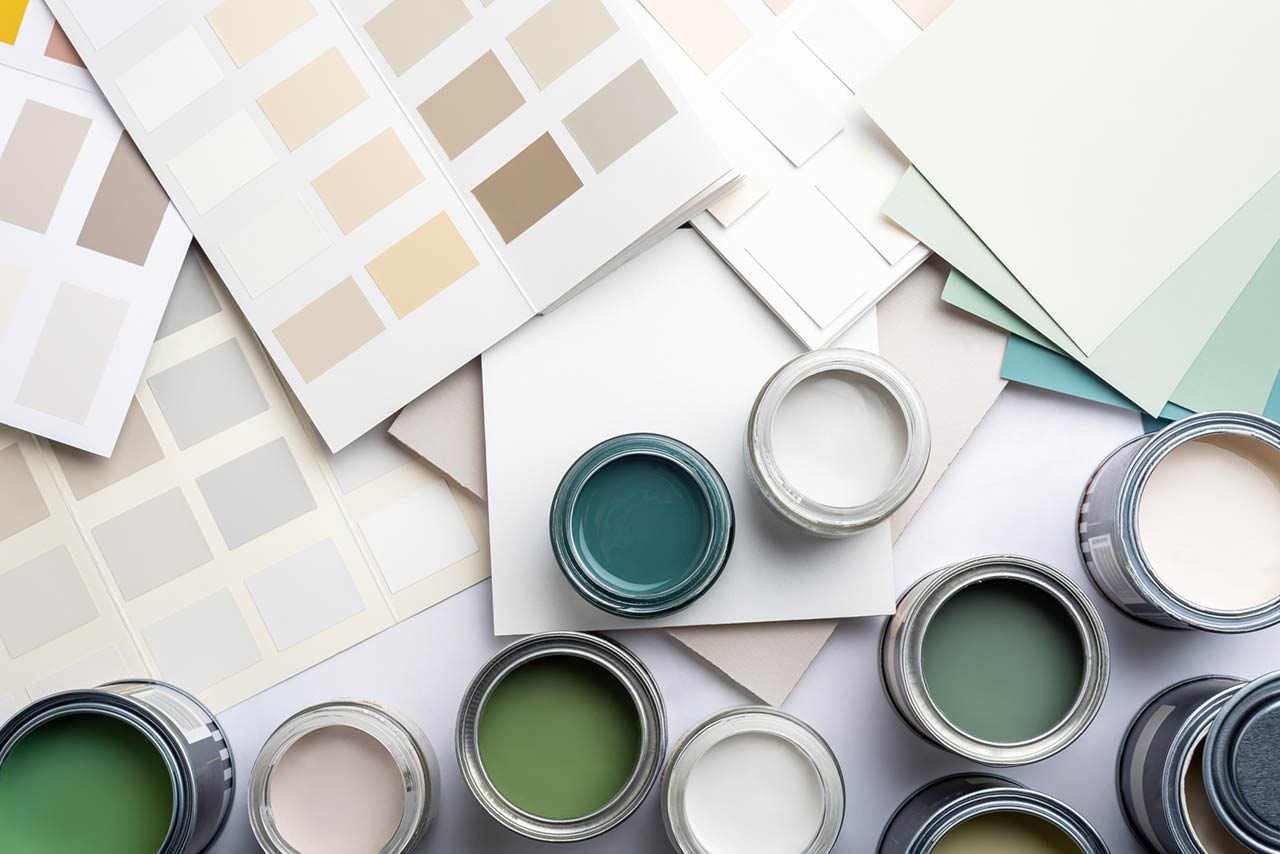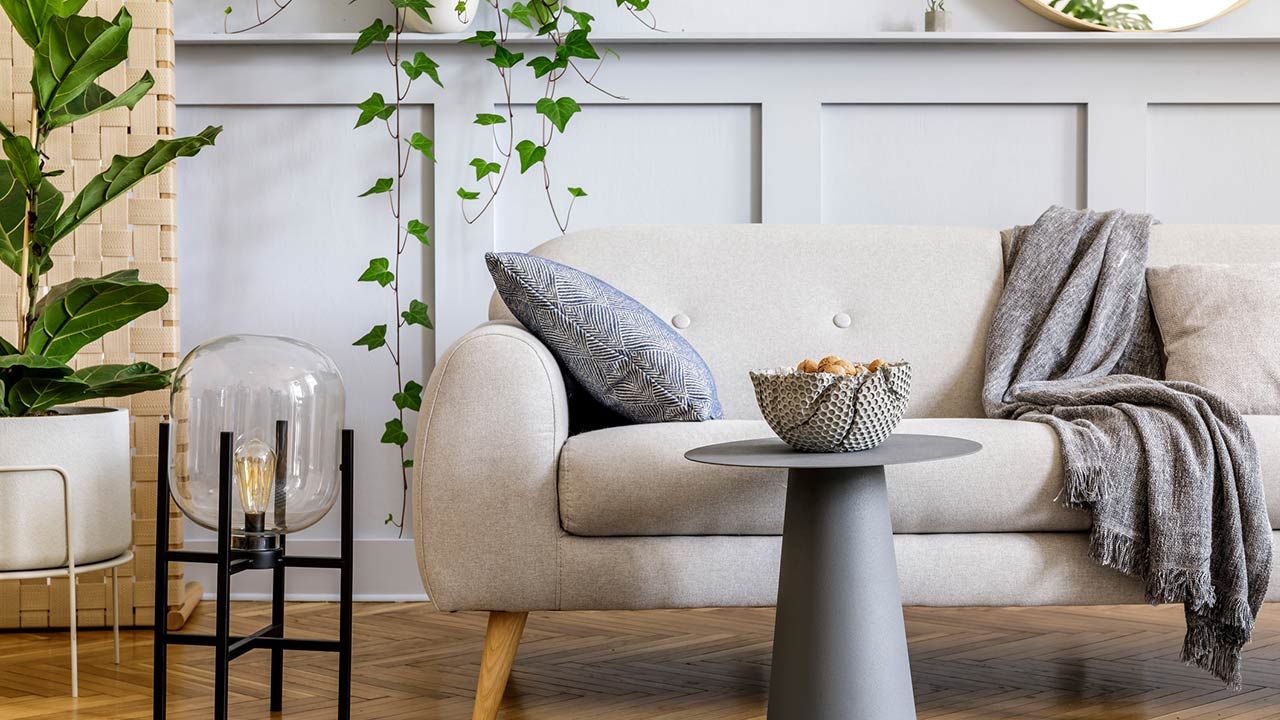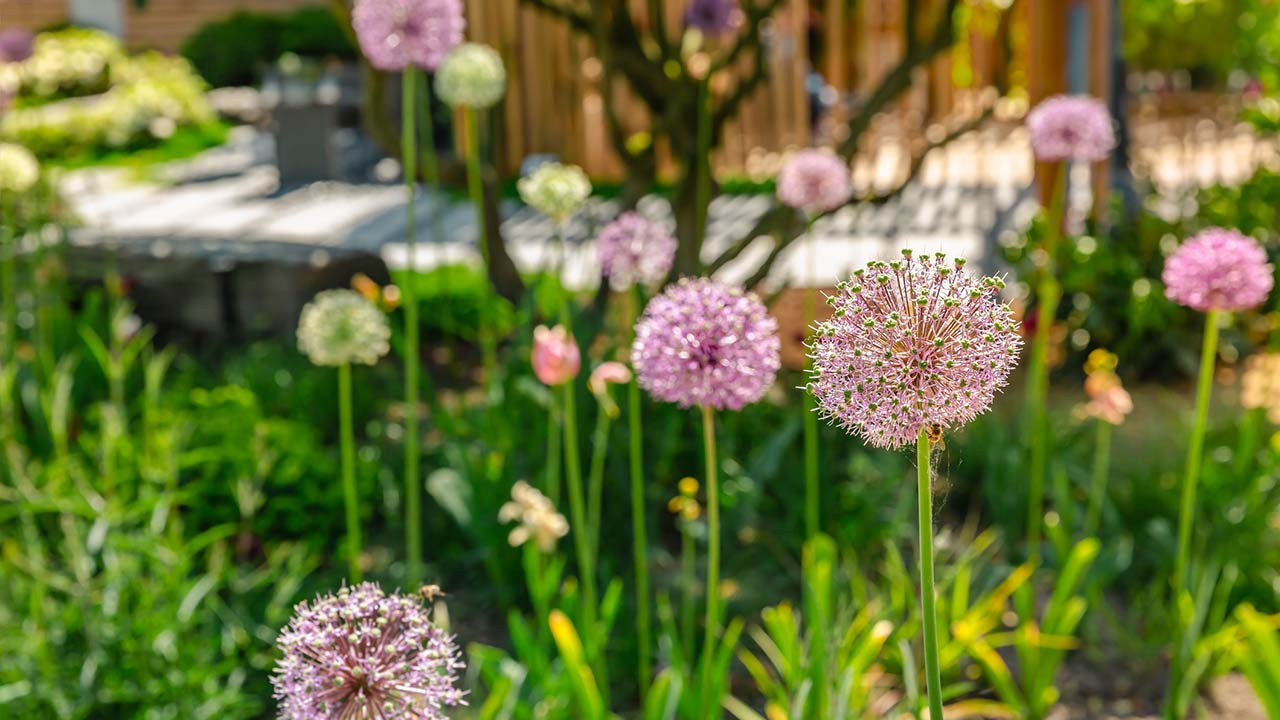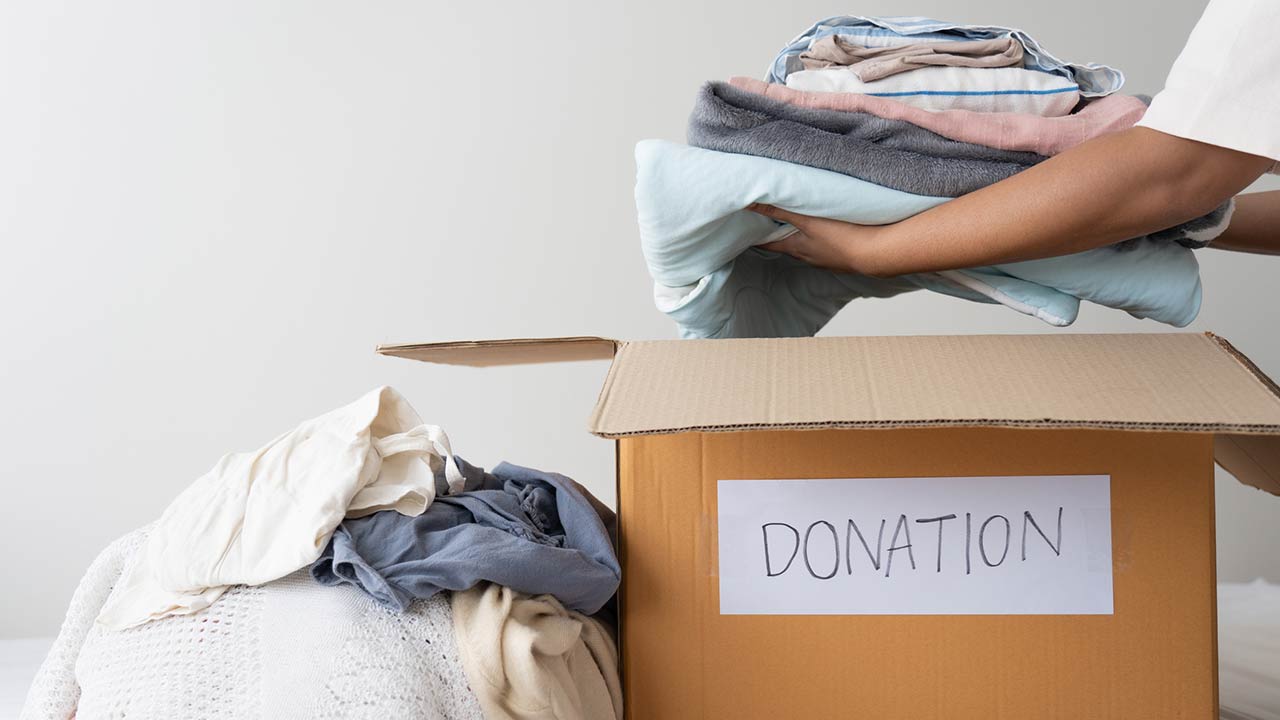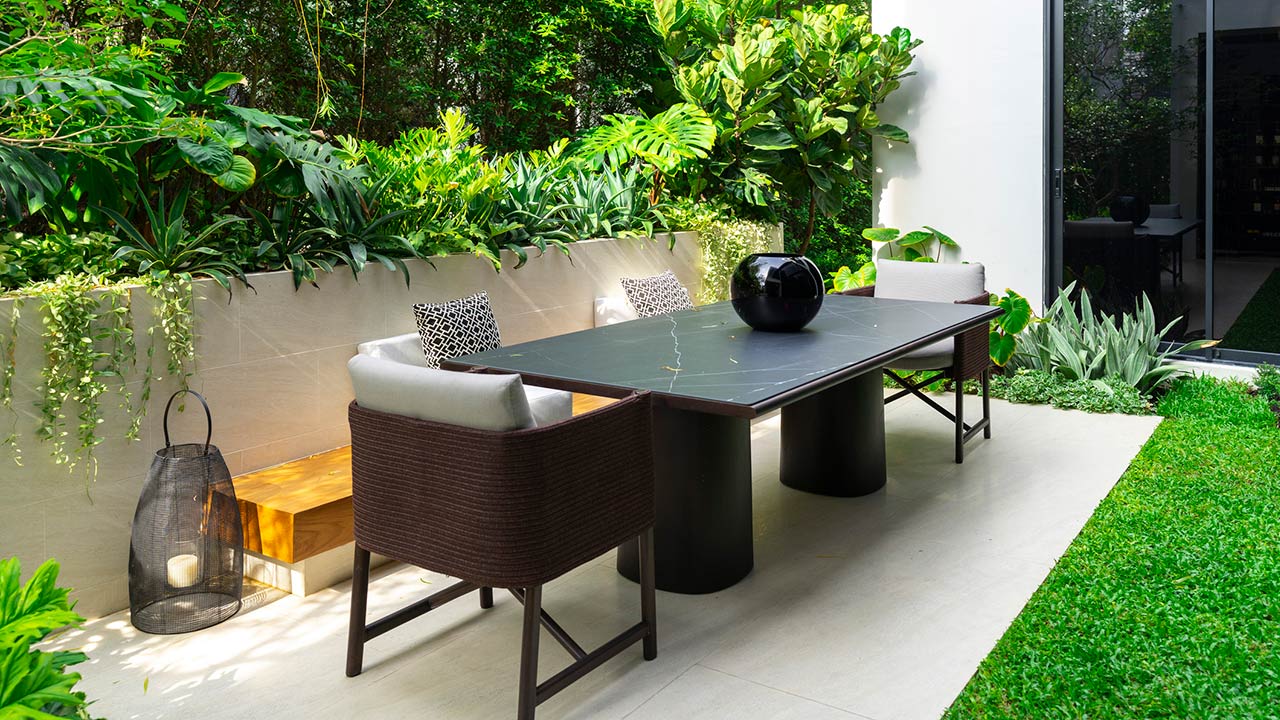Stuck with Old Wallpaper? Paint Over It
At one time, if you wanted to spruce up a room in your house, you’d head to the wallpaper store and pick out a beautiful pattern. While occasionally home décor experts will proclaim that this will be the year wallpaper makes a comeback, the closest homeowners seem to come to wallpapering a room is through the use of borders.

For some homeowners, however, wallpaper-covered walls remain. Either they inherited the décor by purchasing a 20th-century home or they have lived in the home since wallpaper was en vogue. Wallpaper removal can be a grueling process that sometimes damages the wall beneath. Painting over wallpaper has become a popular solution in recent years but it’s important to follow the right procedure to make the wall look as smooth as if it had never had wallpaper at all.
Purchase Your Products
Take a list of the products you need to the paint store and stock up in the days leading up to the day you plan to do the work. You’ll need a solvent called TSP to remove dirt and grime from the wallpaper and some Spackle in case you have any holes or gaps you need to fill in before painting. If your wallpaper is glossy, purchase some sanding pads to ensure the primer adheres to the wall.
When you’re choosing paint, go with an oil-based paint rather than latex. Latex paints have oils that can eventually dislodge the wallpaper beneath. You’ll also need typical paint supplies like brushes, rollers, and trays.

Prep the Area
Once you have your supplies and are ready to get started, you’ll first need to prep the area. Go over every inch of each wall and look for any flaws in the wallpaper. Sand down any seams or loose edges and use Spackle to create a smooth surface between the seam and the wallpaper next to it. Once the walls are smooth, clean the entire area using the TSP you purchased, then wipe the walls down with water to make sure all traces of the cleaner are gone.

Prime Then Paint
Apply oil-based primer to walls before applying your first coat of paint. For best results, wait a full day between applying the first coat of paint and second coat and lightly sand that first coat before beginning. This will smooth out any lingering imperfections and ensure the finished product is as flawless and attractive as possible.

By painting over your wallpaper, you can save time and maintain the integrity of your walls. When you take extra care to smooth down the wall before painting, you can reduce flaws and create a look that will last.


